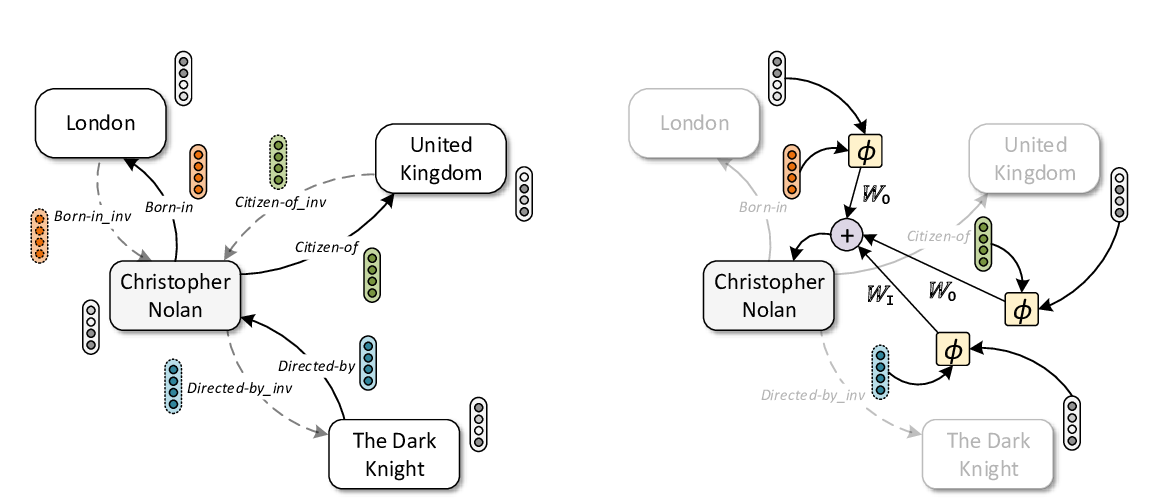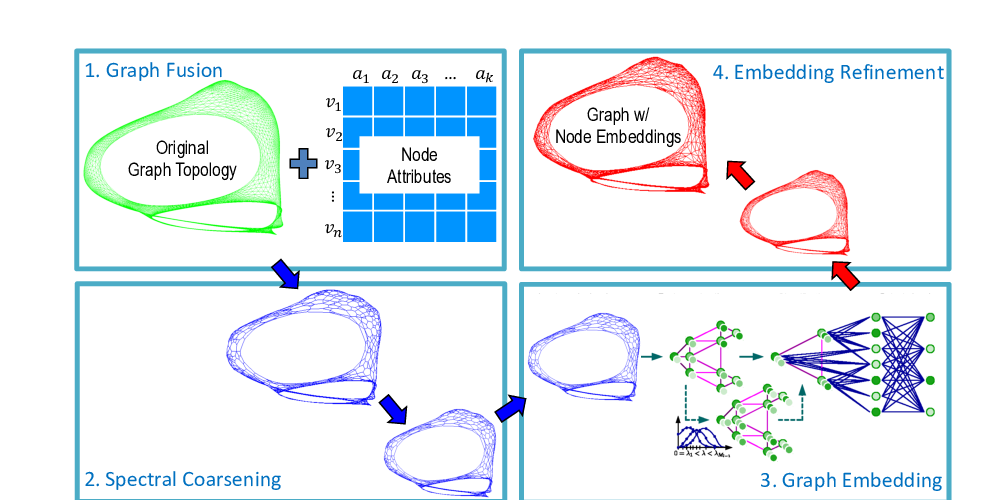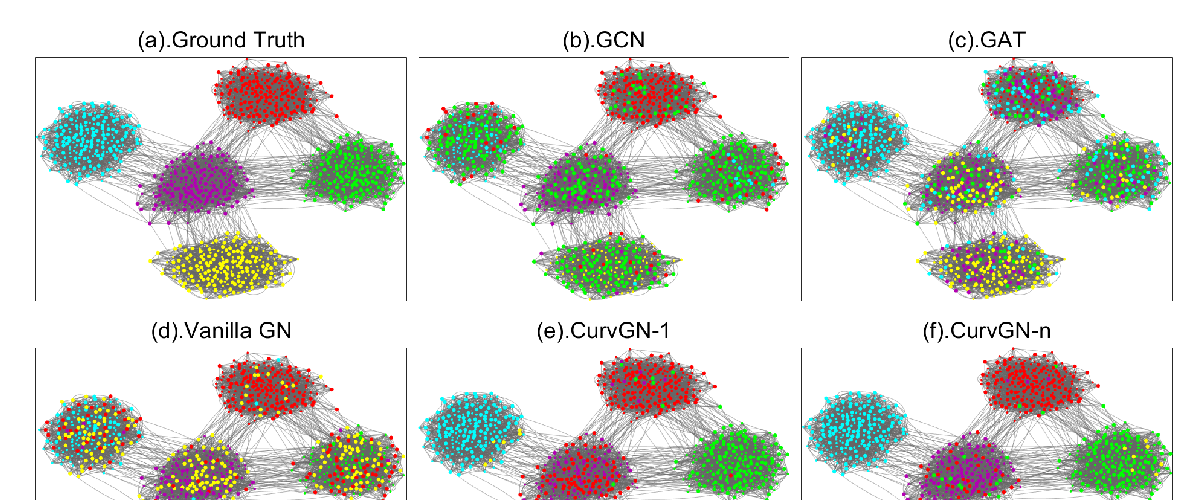Abstract:
Message-passing neural networks (MPNNs) have been successfully applied in a wide variety of applications in the real world. However, two fundamental weaknesses of MPNNs' aggregators limit their ability to represent graph-structured data: losing the structural information of nodes in neighborhoods and lacking the ability to capture long-range dependencies in disassortative graphs. Few studies have noticed the weaknesses from different perspectives. From the observations on classical neural network and network geometry, we propose a novel geometric aggregation scheme for graph neural networks to overcome the two weaknesses. The behind basic idea is the aggregation on a graph can benefit from a continuous space underlying the graph. The proposed aggregation scheme is permutation-invariant and consists of three modules, node embedding, structural neighborhood, and bi-level aggregation. We also present an implementation of the scheme in graph convolutional networks, termed Geom-GCN, to perform transductive learning on graphs. Experimental results show the proposed Geom-GCN achieved state-of-the-art performance on a wide range of open datasets of graphs.


